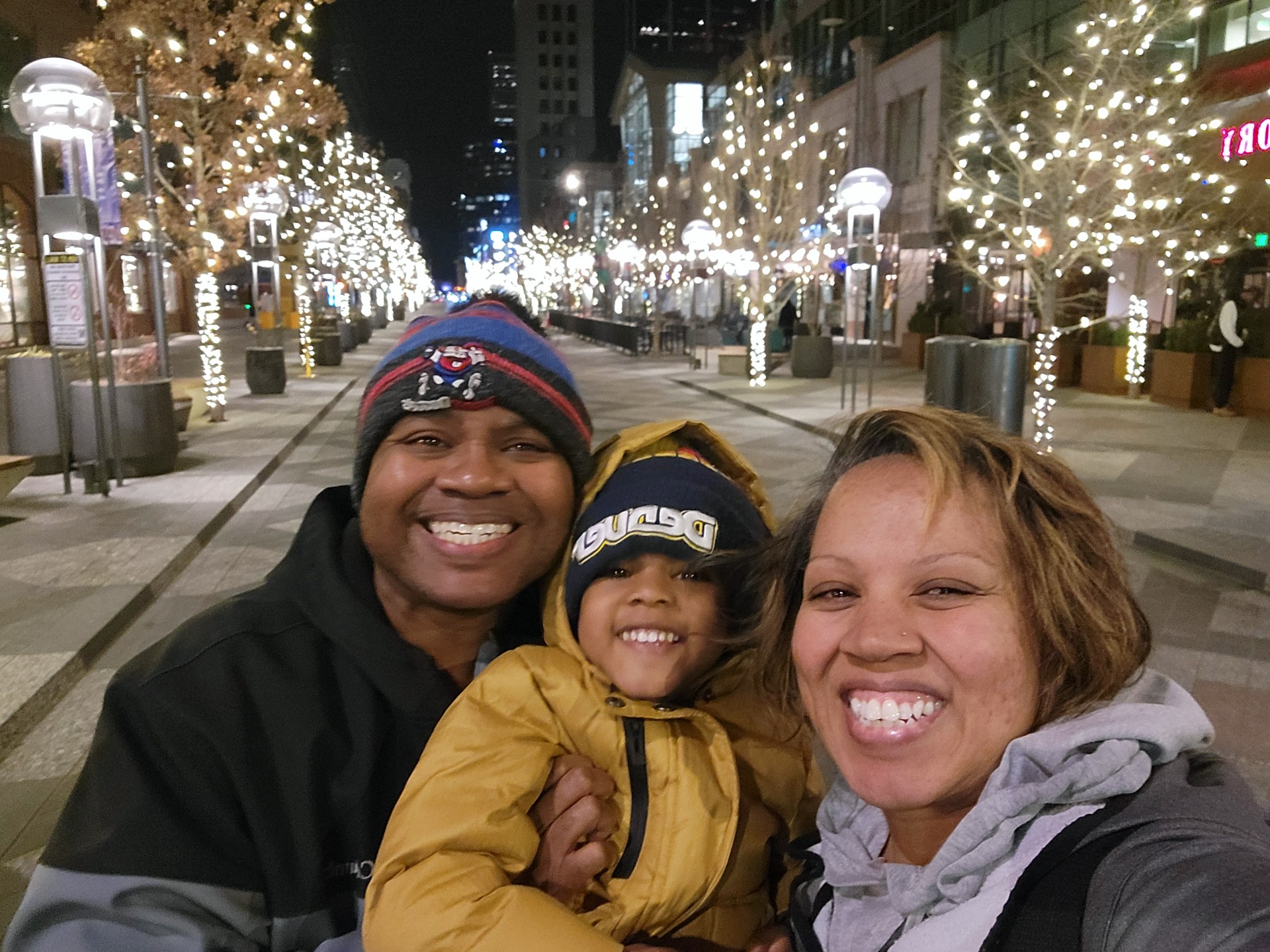The new COVID-19 landscape we’ve entered has many of us parenting from home, while also working, eating and exercising all in house. And now it’s expected that our children actually learn something (besides how to fix themselves a snack)? Having taught elementary school for several years, I thought I would offer some tools and resources for navigating this new normal.
You Know More Than You Think
First, take a deep breath and know that you’ve got this. You are uniquely qualified for this (albeit thankless and no-paying) job. As a parent, you are your children’s first teacher and you know them best. Your kid is probably thrilled to be home spending extra time with you, let that sink in.
Plan a Routine
We have all heard it: “Kids need structure.” This is true, but as any parent will tell you kids also need flexibility because things change (a lot). A routine provides enough structure to help your children feel secure and enough flexibility to allow you some wiggle room if your call runs over, or they need some extra outdoor time. Think of how your day will flow. Your routine is your order of events for the day, not a schedule with strict times.
- Make it predictable. Keep the what and when generally the same every day while allowing for the how to vary.
- Keep it simple. I like to have some broad categories (writing, reading, math, art, movement, quiet time, etc.) that can look different depending on the day.
- Make it visible. It should be posted somewhere everyone can see. If your child is not reading yet it helps to have pictures, symbols, or photos to accompany the words (better yet, have your child draw the pictures themselves). Cut each category out into individual pieces rather than having one big list, so you can move things around when needed. The pieces can be put in a pocket chart, glued to magnets, or just taped to the wall.
- Let it work for you. I have found children to have more focus earlier in the day so I tend to do whatever my class finds most challenging before lunch. It also works well to save your child’s more preferred subjects for the end of the day because it provides a natural incentive to finish the less enjoyable things. Don’t withhold things like art, play or recess but consider how placing them strategically might help motivate your child.
Create Purposeful Transitions
Pre-pandemic I’m sure you had a certain way your family began your day. Things have changed and it might be tempting to stay in pajamas all day every day, but that can feel confusing for a child. Transitions can be the most tricky part of the day in the classroom, it’s hard to switch gears from one thing to the next.
- Limit transitions. They’re not fun, so don’t do a lot of them. Look at the flow of your day and figure out where natural breaks would occur (meal times and snacks, for example) and use them as transitions. Some activities work well together, like outside time and lunch, or quiet time and independent reading, so they will naturally fade into one another without the need for a hard stop and start. Other times of the day call for firm boundaries.
- Make transitions as clear as possible. Use music to signal a transition; this works well when you want the transition to happen in a certain amount of time. Put on the same song every time you want to move from unstructured play time to academic time for example, and give your child the length of the song to clean up and begin the new activity (in my experience children love to try to beat the song). Other cues could include changing the lighting, ringing a bell, or drumming. Whatever you choose, keep it the same every time.
- Let them know it’s coming. Go over the visible routine you created in the morning and reference it throughout the day. Use timers when your child is doing work or an activity to help them visualize the length of time they will be there (this works especially well when they really don’t want to do something, and when they really don’t want something to end). I like Time Timer because it displays the time elapsing boldly. Sand timers also work well.
- Take breaks. Taking movement breaks are important for kids (and adults) to increase focus and self regulate. Use a stretch break as a transition from one subject to the next. Cosmic Yoga has kid friendly movement videos as short as 10 minutes (best for kids 3-8 years old). Go Noodle has some shorter movement videos (for kids 5-12). Bathroom and water breaks should also be encouraged! I even have a water drop symbol I put on my daily routine to show children when to hydrate.
Be Prepared
Your home is essentially a school now so you might need to do some rearranging. Think about your physical space as a tool to help you create learning environments.
- Use what you have. Don’t worry, you don’t need to go out and buy a bunch of glue sticks and fresh markers. Sometimes less is more when it comes to supplies. Take an inventory of things you think might be useful and create a work station. Kids need to know where they can find things. Give everything a home to go back to but keep it centrally located and easy to get to.
- Set up different spaces. At school, reading time looks much different than art. It’s hard for children to work in the same place all day. You don’t need multiple rooms to create different learning areas. Place some pillows, stuffies and blankets near a window to create a cozy reading nook. Make a DIY standing desk for math by piling up some books on the kitchen table. Lap desks are another easy way to set up a learning area. Let your child take the lead on this one, the more buy-in they have on the space they’ve created the more likely they are to use it.
We are unsure how long this virus will have us living life at home. Once things go back to “normal” there will undoubtedly still be times when your family is under the same roof trying to get different things done. These teacher tools and tricks may make your household run more smoothly, and maybe even make this quarantime seem a little less daunting.
Gina Griffiths is a teacher, learner and nap enthusiast. She has a diverse background and previous work experience in education that spans 12 years. Her varied interactions as teacher, tutor, and coach have helped her understand and appreciate each learner as an individual with unique strengths and challenges.




